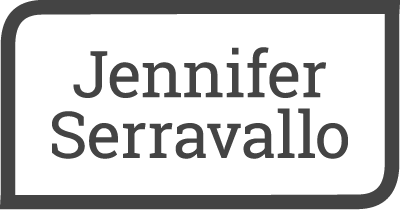What Does it Mean to Teach Writing? Writing Assignments vs Writing Instruction
October 27, 2025
It seems as if many of the major literacy programs in circulation today are focusing on reading almost to the detriment of writing. This is a mistake: teaching students how to write well not only helps them become better writers, it also helps them become better readers and helps them learn more and think more about what they are reading about. Writing needs to be taught in balance to reading—taught, not just assigned.
What’s the difference between a writing assignment and writing instruction?
I have had a chance to review many literacy programs alongside my team of literacy specialists and with the educators with whom we all work. We’ve noticed a trend: what many programs label a writing lesson or even a writing strategy I would call a writing assignment. A writing assignment is the “what” a student is expected to produce. A response to their reading, a quick essay, a poem about colors, or a summary about an informational text.
Assignments alone will not help students become better writers.
Students need explicit instruction with strategies. A strategy is a process—clear, delineated steps that kids can take to generate an idea, organize their writing, or add details. Strategies make something a writer is attempting doable, actionable, and visible through a step-by-step procedure. In short, assignments are the what, strategies provide the how to.
Below, I touch on one strategy for each of three qualities of good writing—focusing on meaning, elaborating, and considering word choice.
What are some strategies for improving writing quality?
Focusing/Finding Meaning
One of the most common writing assignments suggested by literacy programs requires students to write about one of the most important aspects of an article or a key moment or idea in a story the class has just read. That’s a writing assignment. In these instances, students often recount all the details from a story or all the information from an article. Narrowing their scope down to one scene or theme, or one concept or main idea can be challenging for most students. Strategies can help them focus their writing.
Strategy to share with students: Write a first fast draft, trying to write without judgement or delay. As you write, expect that you’ll be thinking on the page, trying to discover your central meaning. Revisit your draft, rereading thinking, “What the main thing I’m trying to say?” Underline the line or lines that most clearly conveys your thinking. Then, write a new draft focused on that one underlined line.
Elaborating/Adding Details
Students may be asked to write their opinion about a character in a story, an idea in a persuasive text, or information from an article. If you read their writing and find they’ve got a clear idea, but their writing is overall brief and not too developed, you can teach them elaborate, or add details. With a goal of elaboration, I want to offer strategies to help students improve the quantity, quality, and variety of the details they include.
Strategy to share with students: Think of your idea/claim/thesis. Think, “What are my reasons for thinking that way? What details prove what I want to say?” Make a list of reasons and details that support your point.
Word Choice
Think about the last time a prompt in your literacy program asked students to review their work with an eye to selecting the best words and phrases—those that make the writing memorable and clear. That’s a writing assignment. Did your students turn back in a piece that included few or no significant changes? That’s because they weren’t sure how to go about improving the piece. Students need strategies to help them write with greater clarity, richer voice, and real precision.
Strategy to share with students: Underline all the nouns in your writing. Look at each underlined word and determine if you can replace it with a more concrete, precise word. Think about the words an expert uses to talk about this topic—maybe even vocabulary you learned when reading about the topic.
There are dozens of strategies for each of these qualities of good writing, some that work across all grades and genres of writing, others that are designed for older students or work better with specific types of texts. For more information, check out The Writing Strategies Book and its partner The Writing Strategies Book Companion Charts. To learn more about the research around reading and writing reciprocity, check out my Episode 28 of the To the Classroom Podcast, my interview with Dr. Steve Graham.

